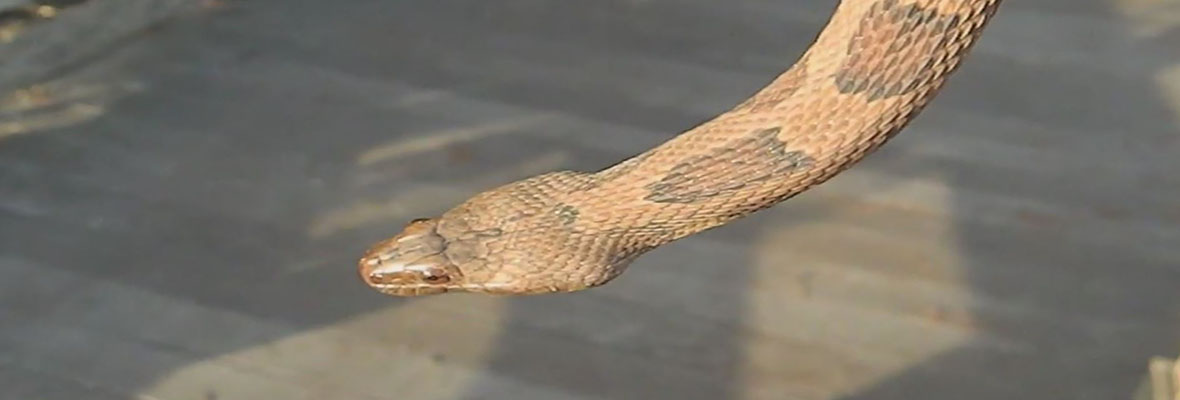The Daytona Beach Brown Water Snake: Appearance, biology, life cycle, habitat, diet, behavior
Just as their name suggests, the Daytona Beach brown water snakes are one of the very many aquatic animals. They are mainly found in the Eastern part of the States of America. This is the snake that usually has the most nick names as compared to all other snakes. This is because of the various water bodies found in different parts of the United States. Such names include the following;

• The aspic snake
• The water rattle snake
• The fake moccasin and many more other names
Appearance and habitat
Brown water snakes usually have unique thin necks compared to other Florida snakes that do not have easily recognized necks. Just like the black racer snakes, the brown water snakes usually have yellow bellies. They usually grow up to a maximum of sixty five inches in length. One distinguishing feature about the gender of the brown water snake is their sizes. The female brown water snakes are smaller compared to the male ones.
Water bodies are mainly the habitats of the brown water snakes. In some situations, the snakes may move to dry lands especially when they need extra food that may not be available in the water bodies.
Diet and behavior
Since the Daytona Beach brown water snakes mainly live in water bodies, other aquatic animals become their major feast. To be specific, other fish that live in the same water bodies are their favorite food. When on dry land, animals such as rodents constitute their feast. The brown water snakes also feed on other smaller fellow snakes when in water bodies.
Day hours are the main active hours of the brown water snakes. Climbing is not a problem to these Florida snakes and hence they may sometimes bask on top of trees. Their aquatic life makes them perfect swimmers.
Biology
The period mainly known for mating among the brown water snakes is from early April to sometime in May. During the summer period, the Daytona Beach snakes usually give birth to young ones. A mature brown water snake is capable of giving birth to up to seventy young ones.
Visit our Daytona Beach wildlife trapping home page to learn more about us.

